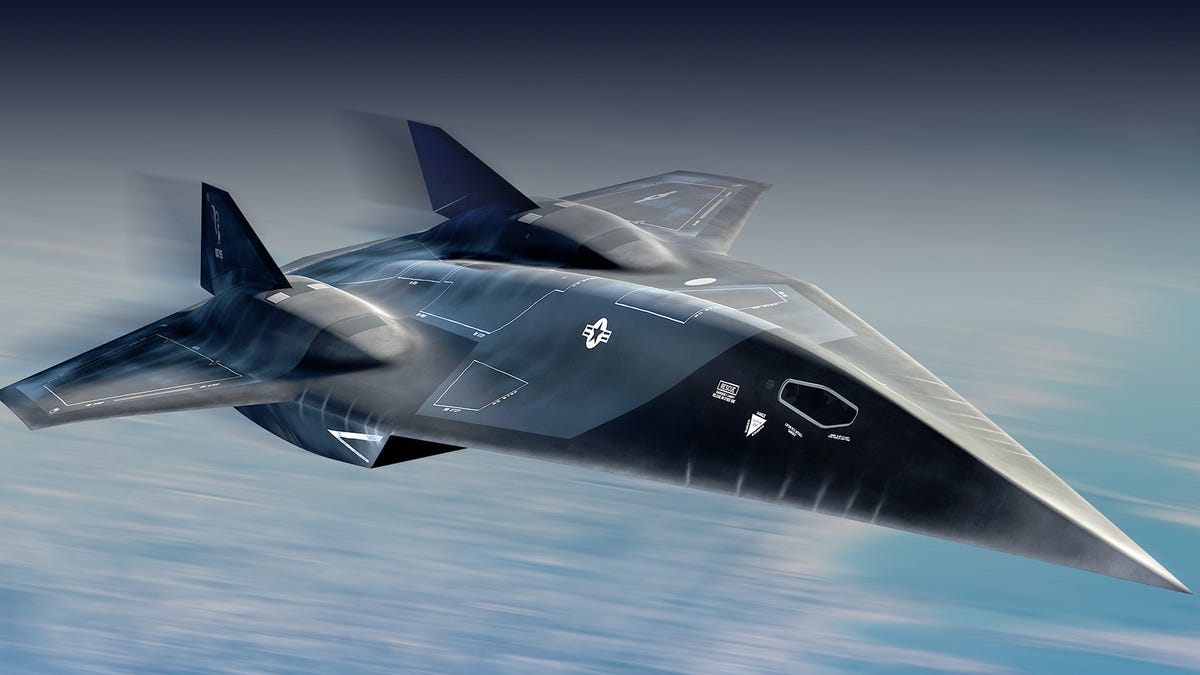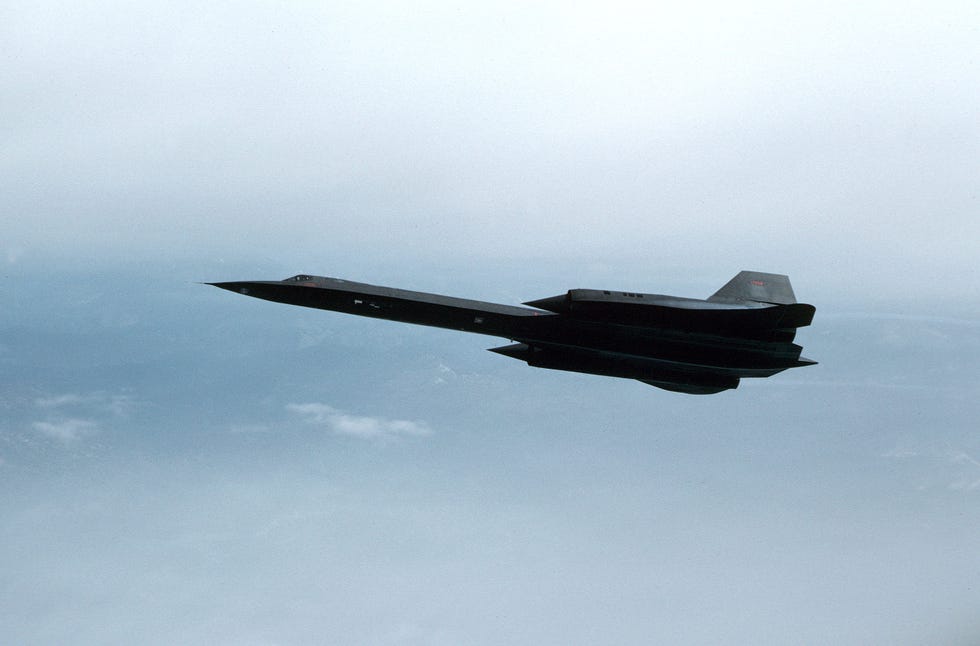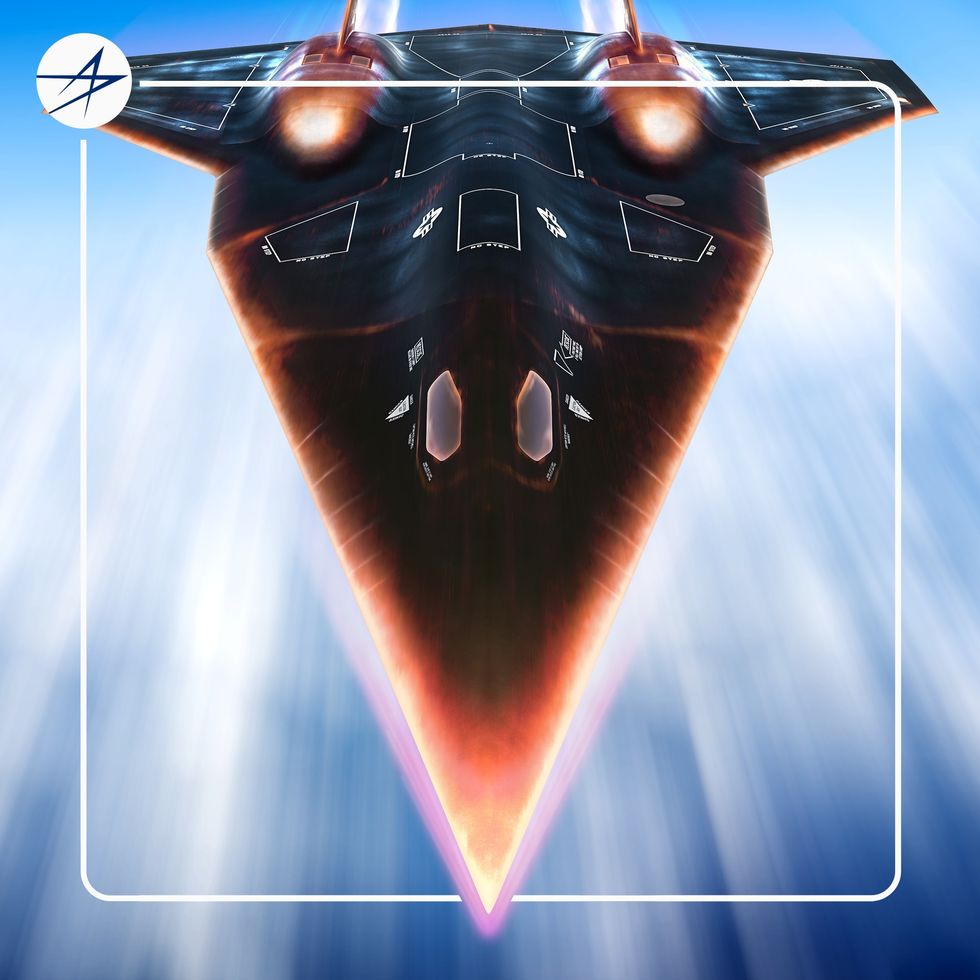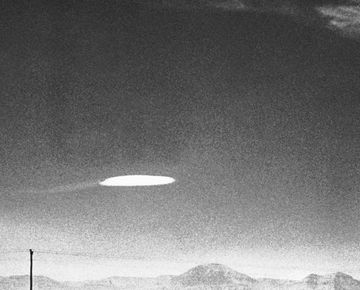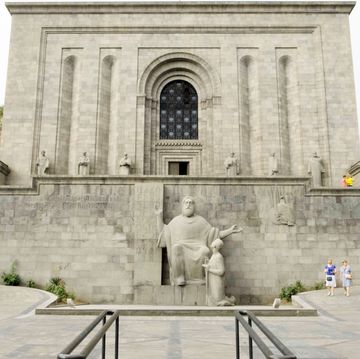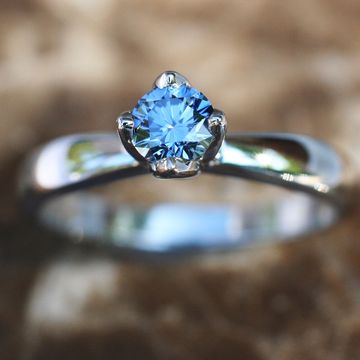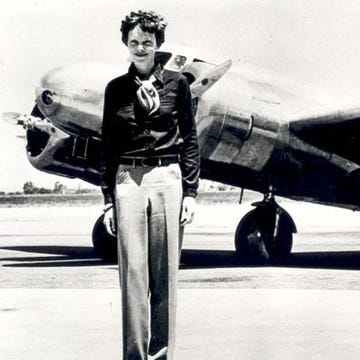- One of the stars of the new film Top Gun: Maverick is the SR-72 Darkstar hypersonic aircraft.
- The SR-72 doesn’t really exist, but engineers at Lockheed Martin had a hand in its development.
- The company’s famous Skunk Works division developed the SR-72, as well as the real SR-71.
In Top Gun: Maverick, Captain Pete “Maverick” Mitchell takes his need for speed to a new realm: the hypersonic realm, that is. Thirty-six years after the first film debuted, Mitchell is a test pilot flying the SR-72 “Darkstar” airplane. Although fictional, the SR-72 has a real-world pedigree, with design help for the aircraft and models coming from the same group that is designing the real SR-72: the world-famous Skunk Works, Lockheed Martin’s Advanced Development Programs.
According to Lockheed Martin, the production team behind Top Gun: Maverick contacted the company’s Skunk Works division to assist with the SR-72 concept. The Skunk Works, a name drawn from the cartoon Li’l Abner, is the division of Lockheed Martin that works on classified aircraft programs. Established by legendary aviation engineer Clarence “Kelly” Johnson, the Skunk Works has proven itself the most important and influential aviation design bureau of the modern era, responsible for the U-2 spy plane, SR-71 Blackbird, F-117A Nighthawk stealth fighter, F-22 Raptor, and F-35 Joint Strike Fighter.
The Top Gun team made a logical choice. After all, the fictional SR-72 “Darkstar” hypersonic aircraft is meant as a follow-on to the SR-71, which the Skunk Works also developed. Both are high-speed, manned strategic reconnaissance jets. The difference is that while the SR-71 had a top speed of Mach 3.3 (or 2,193 miles per hour), the movie’s SR-72 is firmly in hypersonic territory, reaching Mach 10, or 7,672 miles per hour. (Hypersonic speeds—faster than the speed of sound—exceed 3,000 miles per hour, or over Mach 5.)
Of course, the SR-72 Darkstar is also fake. The movie plane shares its name with the RQ-3 Darkstar, a high-altitude, long-endurance surveillance drone that Lockheed Martin developed in the 1990s. The real Darkstar was a slow-moving spy platform that flew at less than 5 percent of the movie plane’s speed.
But is the movie version closer to reality than one might suspect? The movie SR-72 bears a resemblance to Skunk Works concept art for the real-world uncrewed SR-72, also a hypersonic strategic reconnaissance aircraft, first announced in 2016. The aircraft features a long blended wing and fuselage and small cranked arrow wings. The Skunk Works logo is prominent on the visible tail fin. According to The Washington Post, then-LockMart CEO Marilyn Hewson described it at the time as a Mach 6-capable jet.
The movie’s SR-72 (pictured at the top of this story) is virtually identical to a 2016 rendering that Lockheed Martin released on its website (pictured just above), right down to the Skunk Works logo on the tail. The only major difference is the addition of pilot cockpit windows on the left and right of the movie SR-72, whereas the real-world plane will be uncrewed and would not need any.
Lockheed Martin, on its Top Gun: Maverick webpage, explains it had a number of staff work on the movie project to flesh out what a Mach-10 plane might look like. The page has three short video vignettes featuring “Jim,” a conceptual designer who draws aircraft for the company. Using a pencil, Jim sketches the movie SR-72 while sitting outdoors in front of a CGI version of the aircraft.
The next LockMart employee is “Becky,” who describes her work as designing and fabricating different types of full-scale pole models. Pole models are models of aircraft that are mounted on tall poles for testing to determine their radar cross-section. The smaller the radar cross-section, the more difficult it is for a radar to detect the aircraft. Becky appears to be at the Lockheed Martin Helendale Radar Cross Section Facility, which had a moment on social media last year when a new, previously unseen aircraft shape was photographed at the facility.
The final two company employees profiled for Top Gun: Maverick are “Jason” and “Lucio.” Jason and Lucio are model-makers that actually cut and mold material to form a concept aircraft, and the video shows them working on a model of the movie SR-72. (Or is it the real SR-72?) Interestingly, Becky, Jason, and Lucio are all shown with a previously unseen teardrop-shaped aircraft mounted on the Helendale facility pole. Whether or not the aircraft is a real design under testing or something cool dreamed up to place on top of the pole remains to be seen.
The movie SR-72 could be a lot closer to a real aircraft than the general public realizes. There’s no Pentagon contract to build the real-world SR-72 yet; So far, it’s an internal Lockheed Martin effort, so it may never actually be built. But it seems likely that what’s on the silver screen is very much along the lines of what at least one defense contractor believes is a plausible aircraft. Unfortunately, it won’t have room inside for Tom Cruise.

Kyle Mizokami is a writer on defense and security issues and has been at Popular Mechanics since 2015. If it involves explosions or projectiles, he's generally in favor of it. Kyle’s articles have appeared at The Daily Beast, U.S. Naval Institute News, The Diplomat, Foreign Policy, Combat Aircraft Monthly, VICE News, and others. He lives in San Francisco.
